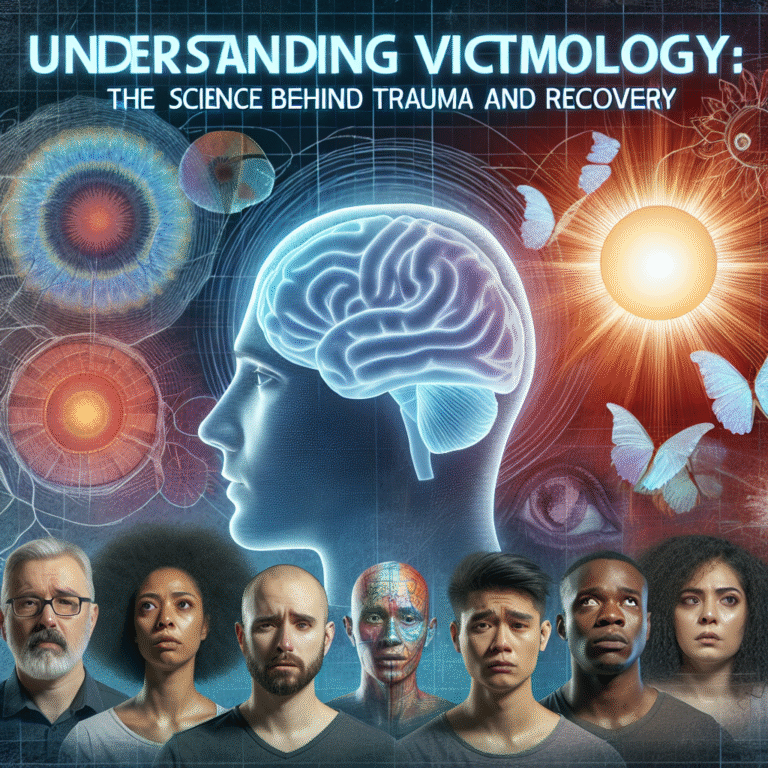
Introduction
In a world perpetually shaken by violence and turmoil, understanding the underpinning mechanisms of terrorism has never been more pivotal. The results of terror attacks reverberate far beyond immediate casualties, stretching deep into the psyche of entire communities and nations. The emotions of "fear" and "fury" are at the core of these tactics, engendering a cycle that both empowers terrorists and paralyzes their targets. This article, "Fear and Fury: The Psychological Tactics of Terrorism," delves into how these emotional drivers work in tandem with strategic planning to achieve disproportionate exponential effects.
Why Fear and Fury Matter
At its essence, terrorism thrives on the manipulation of fear. The thrill of unpredictability—of looming threats—fuels societal anxiety, highlighting the chasm between ordinary life and potential chaos. Fury complicates this dynamic; it can unify groups, galvanize action, or incite violence. This article will explore these psychological tactics, supported by case studies and data analysis, to unravel the essential question: How can an understanding of "Fear and Fury: The Psychological Tactics of Terrorism" empower us to respond more effectively?
The Foundation of Terrorist Tactics
Understanding Fear
Fear is not just a primal instinct; it’s a powerful tool wielded by terrorists. It can paralyze a community, impeding rational thought and action. The perceived threat stretches from the immediate danger to future possibilities—what could happen next?
- Case Study: The 9/11 Attacks
On September 11, 2001, the attacks on the World Trade Center and the Pentagon left a nation gripped in terror. This single event transformed how we view security and has led to an intensified militarization of public spaces. The fear generated saw a significant shift in public policy, impacting everything from air travel to global relations.
The Role of Fury
Fury complements fear. While fear causes a reaction, fury motivates action, often with devastating consequences. When communities feel wronged or oppressed, their fury can ignite a fire of militancy.
- Case Study: The Rise of ISIS
The rapid rise of ISIS can be attributed to its ability to stoke tensions in Iraq and Syria. The perceived injustices faced by Sunni populations brought forth a sense of fury against perceived oppressors, leading to a potent revolutionary fervor.
Fear and Fury: Tactical Utilization
Psychological Manipulation Techniques
Understanding how terrorists utilize fear and fury allows for a deeper comprehension of their strategies.
Visual Imagery
Graphic images from terrorist organizations can evoke strong emotional responses, designed to instill fear in viewers. Social media has amplified this tactic, allowing brutal videos to circulate globally, impacting audiences far beyond their original context.- Symbolism and Ritual
Symbols rally people to a cause. The use of flags, color schemes, and identifiable logos creates a sense of belonging and collective identity, which is particularly potent in fuelling fury.
The Feedback Loop: Terrorism and Media
Media plays a critical role in this psychological dance, sometimes unintentionally aiding terrorism strategies. The constant coverage of an event can amplify fear far beyond its original scope, leading to public overreactions.
- Table 1: Media Coverage vs. Public Reaction
| Event | Media Coverage Intensity | Public Fear Index |
|---|---|---|
| 9/11 | Extremely High | 95 |
| Paris Attacks | High | 86 |
| Boston Marathon | Moderate | 70 |
Case Studies on Media Influence
- Case Study: The Boston Marathon Bombing
The media’s role in covering the Boston Marathon bombing led to heightened anxiety nationwide. The immediate aftermath saw a surge in security measures, illustrating how media can manipulate public fear.
Beyond Fear and Fury: Societal Responses
Building Resilience
While understanding "Fear and Fury: The Psychological Tactics of Terrorism" can help unveil these threats, it’s also essential to explore how societies can bolster resilience against them. Education, community involvement, and mental health support systems can mitigate the long-lasting impacts of terror.
- Community Engagement Initiatives
Programs that promote dialogue and understanding between different cultural groups can reduce the impact of fear and fury, fostering a sense of belonging.
The Role of Government
Governments must adapt their strategies, focusing not merely on military responses to terrorism but also on psychological warfare approaches. Strategies that address mental health, community resilience, and counter-messaging can diminish the allure of terrorist ideologies.
Implementing Counter-Terrorism Strategies
Psychological Warfare
Counter-terrorism can benefit significantly from psychological tactics as well. By understanding the core principles of fear and fury, authorities can formulate responses that disarm these emotional weapons.
Preventive Messaging
Developing communications that promote unity and resilience can counteract the divisive narratives pushed by terrorist organizations.- Investing in Mental Health
Providing support services to those who feel marginalized can help curb the appeal of extremist narratives and reduce feelings of anger and resentment.
Conclusion
The intricate interplay of fear and fury delineates the landscape of terrorism’s psychological tactics. In understanding these dynamics, we arm ourselves—not just to react but to preemptively strike against the cycles of violence. Acknowledging that terrorism thrives on emotional manipulation offers a dual pathway: cultivating our resilience while using strategic insights to foster societal coherence. This knowledge transforms our response from one of fear into one of informed vigilance and proactive community building.
FAQs
1. What is the primary purpose of terrorism?
The primary purpose of terrorism is to instill fear, promote political ideologies, or achieve some form of social change. It aims to disrupt societal norms and create psychological ramifications that can last for generations.
2. How can communities combat the fear generated by terrorism?
Communities can combat fear through education, building social ties, and fostering resilience. Engaging in dialogues and understanding diverse perspectives can mitigate feelings of isolation.
3. Why do terrorists use violence to promote their message?
Terrorists typically resort to violence as it garners attention, invokes fear, and often leads to changes in policy or public perception, allowing them to achieve their goals more effectively than through peaceful means.
4. Are there psychological strategies used by authorities to counteract terrorism?
Yes, authorities often employ psychological strategies such as counter-narratives, community outreach, and resilience-building programs to diminish the emotional appeal and social fabric underlying terrorism.
5. How does understanding "Fear and Fury: The Psychological Tactics of Terrorism" enhance our safety?
By recognizing the emotional tactics employed by terrorists, we can develop informed responses that lessen their impact, promoting community resilience and effective counter-terrorism strategies.
We hope this exploration inspires deeper understanding and action against the dark realities fueled by fear and fury–a collective journey toward resilience against the psychological tactics of terrorism.















